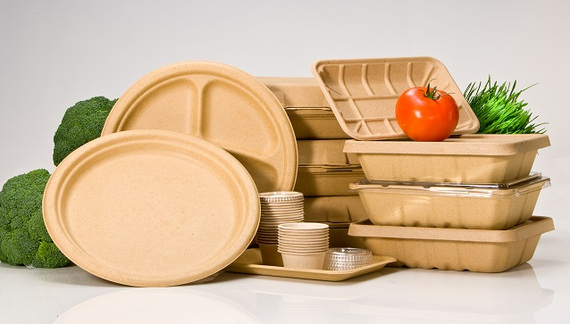Ever since the industrial revolution, we've been polluting our environment with wasteful byproducts. Once we realized how much damage was being caused, society has taken several huge strides towards mitigating this risk. We're researching and developing alternative sources of renewable energy.
We're recycling our materials, and each member of our society is making changes to reduce their carbon footprint.
More to be Done
Unfortunately, it's not quite enough. There are still several severe issues that we haven't managed to solve. Plastics, for example, are major pollutants. They don't biodegrade. Instead of breaking down into tiny particles, they negatively impact the ecology of both land and sea. Worldwide, billions of tons of plastic are consumed worldwide, and most of this ends up in the environment.
Sure, we can recycle some of this material, but not all of it can be saved. Most of the time, the typical recovery rate is around 60%.
Why We Need Sustainable Packaging
Since we haven't found a way to clean up our waste, we're looking for ways to reduce it. Although a portion of our waste is from consumer goods that are no longer usable, most of it is actually the packaging. Product packaging is an essential part of our consumer goods process, as it allows us to easily transport those goods and understand what we are purchasing. But this material is rarely reusable, so we're using all of these resources just to have it end up in our landfills.
Sustainable packaging directly addresses these problems. This trend has caught on globally, with large companies such as Wal-Mart and McDonalds using it on a mass scale. There are several key ways that eco-friendly packaging can directly address these environmental issues.
Reduce Use of Materials
Whether we're using cardboard or plastic, both of these materials are a finite resource. They're essential for our society to function, so it's essential that we avoid using them in something that's designed to be thrown out.
There are two ways to go about this. The first is by using unrefined materials which can be fully recycled. The packages may not be quite as sharp looking as we would have loved them to be, but recovering them is a simple and effective procedure.
The second way is by using materials like paper and cardboard for packaging. These materials are just as effective at packaging, and ensure that the material will be used for another purpose instead of being thrown in the garbage.
Edible and Biodegradable Packaging
In order to prevent food from going to waste, it needs to be protected. Often, the types of plastic used in grocery stores and prepared meals are even harder to recycle than other types. Researchers at the U.S Department of Agriculture have discovered that a protein found in milk can be used to create a thin, plastic-like film that does not spoil, and is completely tasteless. This film can be applied to food products, allowing you to eat it without even removing it from the packaging!
Getting consumers to eat the packaging is a tough sell if the merchandise it contains isn't edible, so bio-degradable packaging is the next best choice. Most of this is made out of natural products. For example, many restaurants are using a corn-based plastic for their take-out containers. Even if thrown in the trash, this material will simply biodegrade and turn to dirt, meaning that it doesn't pollute at all!

